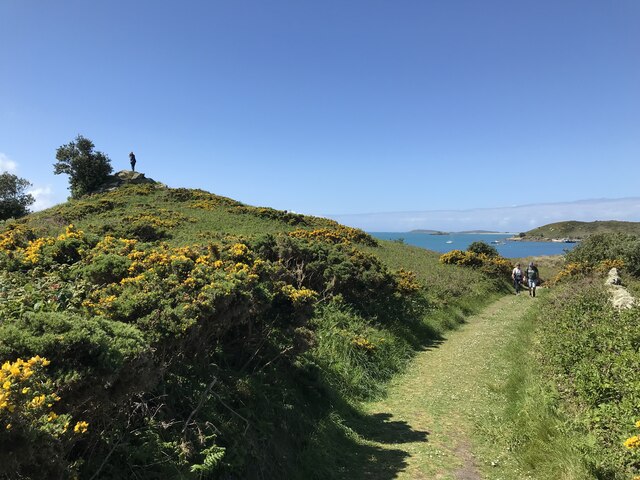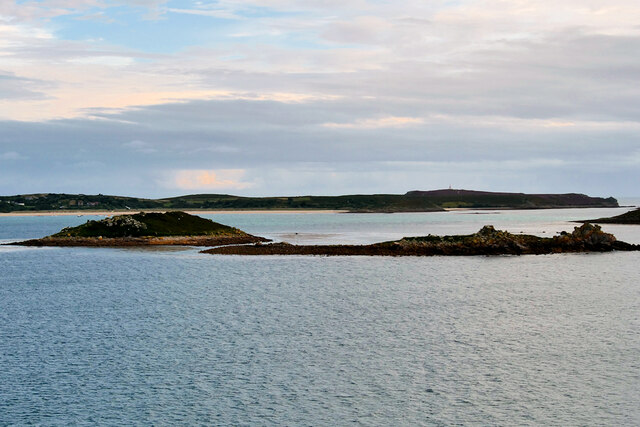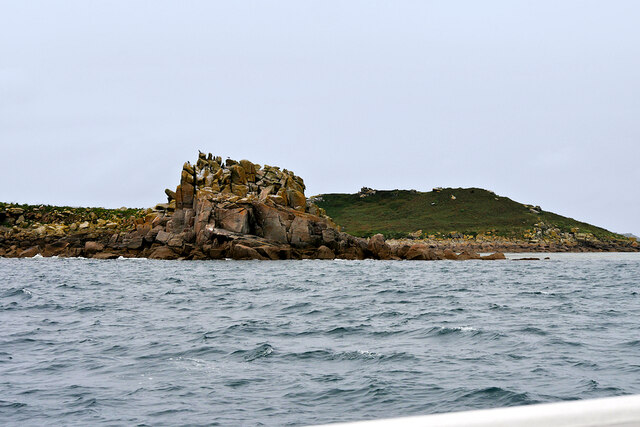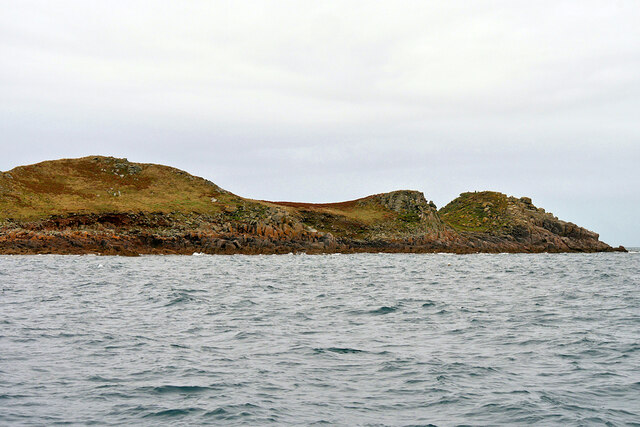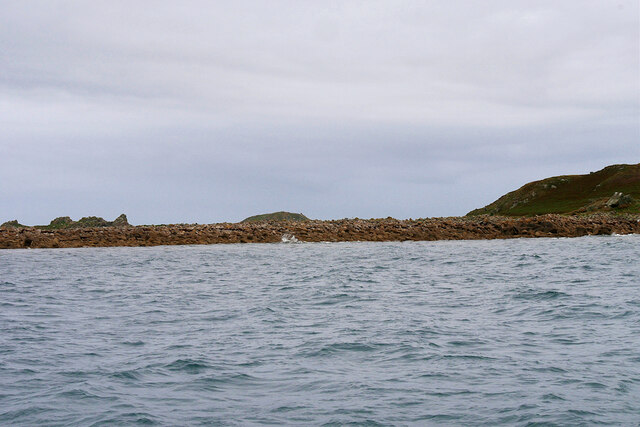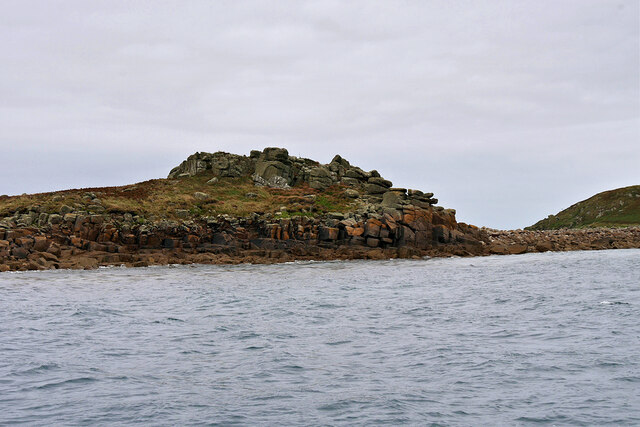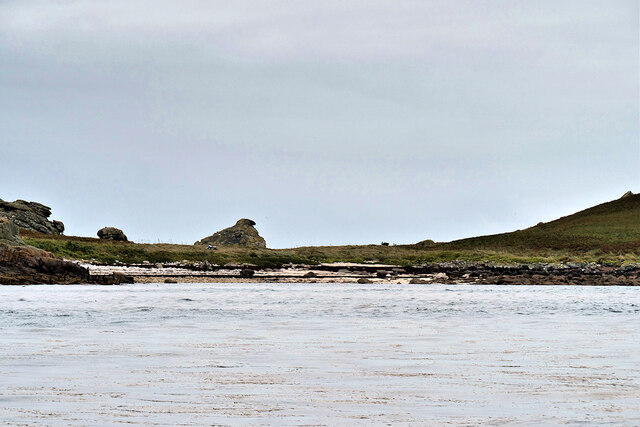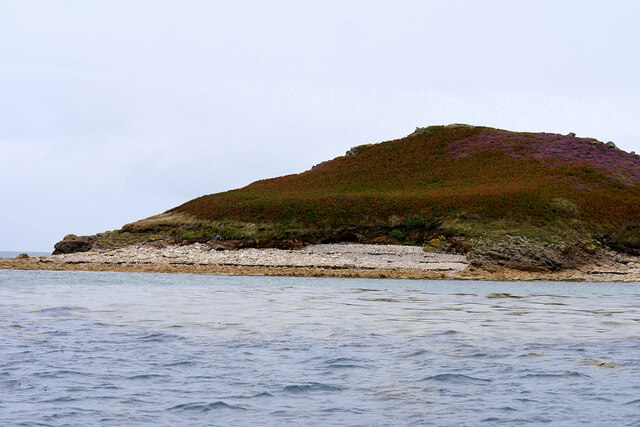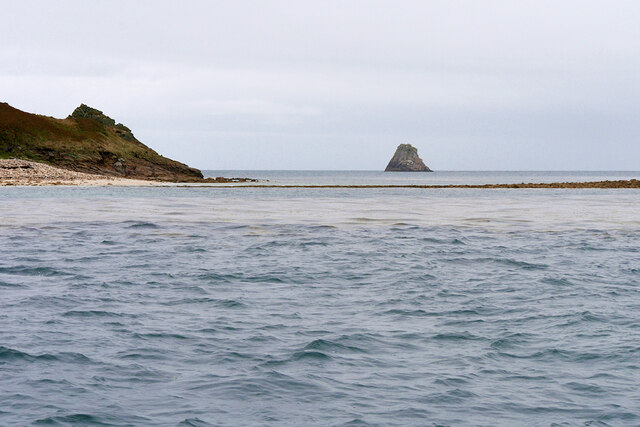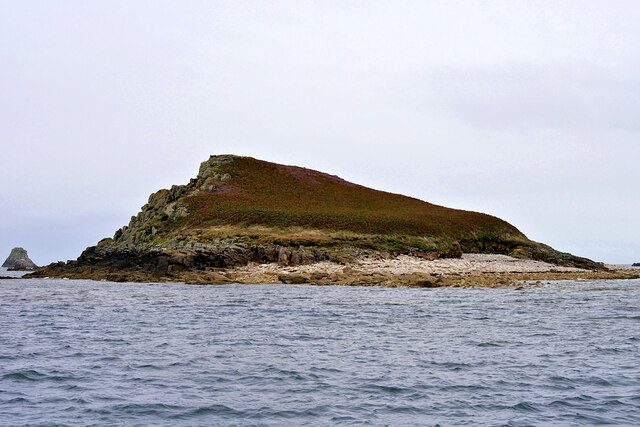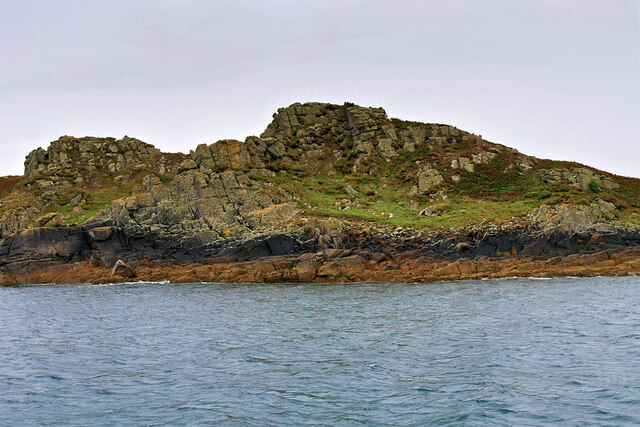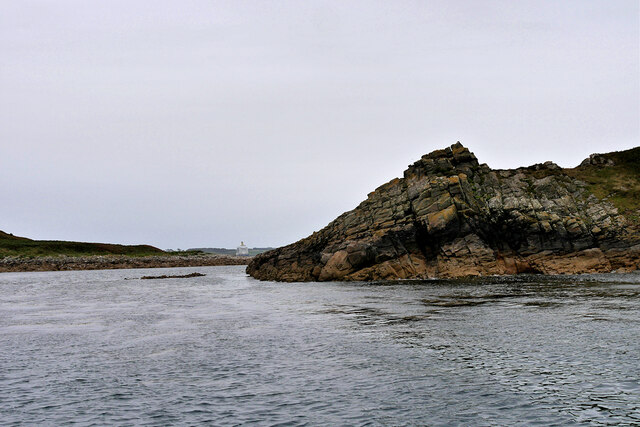Black Lump
Island in Cornwall
England
Black Lump
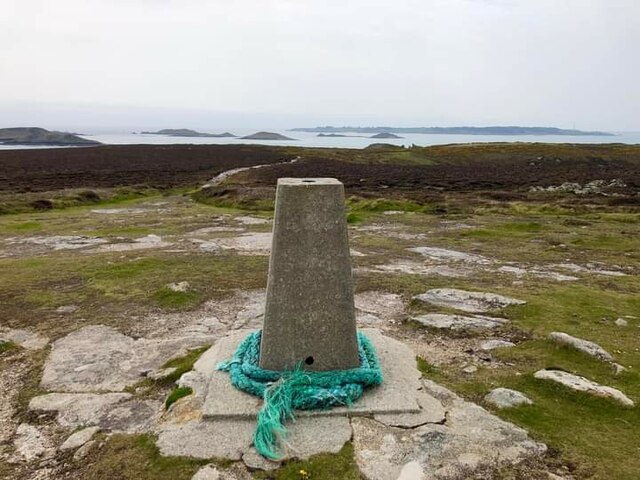
Black Lump is a small island located off the southern coast of Cornwall, England. Situated in the English Channel, it is part of the Isles of Scilly archipelago, known for its stunning natural beauty and rich history. The island is characterized by its distinct black rock formations, which give it its name.
Covering an area of approximately 15 acres, Black Lump is sparsely populated and devoid of any permanent human settlement. The island is predominantly composed of granite, with the black rocks formed from the cooling of molten magma millions of years ago. These unique geological features provide a dramatic contrast against the surrounding turquoise waters, making it a popular destination for tourists and nature enthusiasts.
The island is home to a diverse range of flora and fauna, including various seabird species such as puffins, cormorants, and gulls. Additionally, the surrounding waters are teeming with marine life, making it an ideal spot for snorkeling and diving.
Access to Black Lump is primarily by boat, with regular ferry services operating from the mainland to the Isles of Scilly. The island offers limited facilities, with no accommodation or amenities available. However, visitors can explore the rugged coastline, hike along the cliff paths, and enjoy the tranquility and unspoiled nature that Black Lump has to offer.
Overall, Black Lump is a fascinating destination for those seeking a secluded and picturesque island experience, providing a unique blend of geological wonders, abundant wildlife, and stunning coastal vistas.
If you have any feedback on the listing, please let us know in the comments section below.
Black Lump Images
Images are sourced within 2km of 49.951761/-6.2506755 or Grid Reference SV9514. Thanks to Geograph Open Source API. All images are credited.
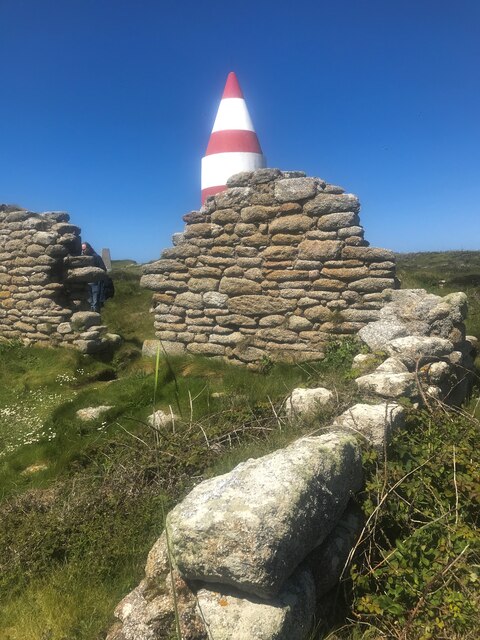
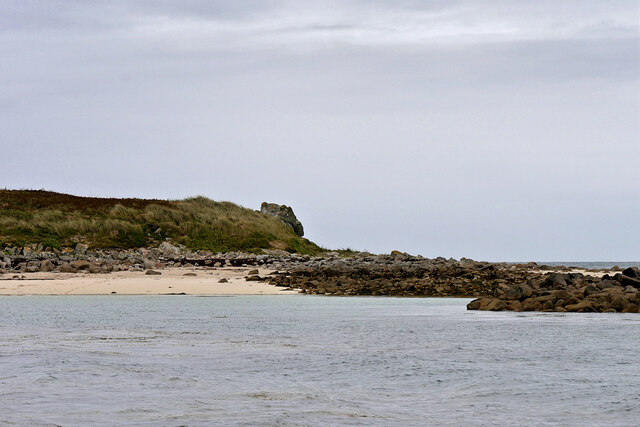
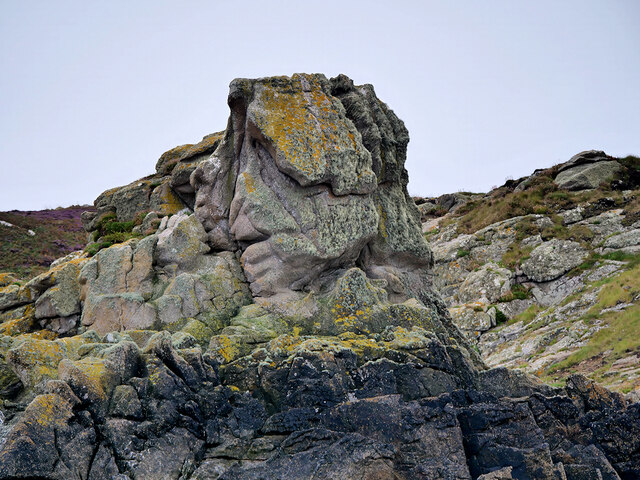
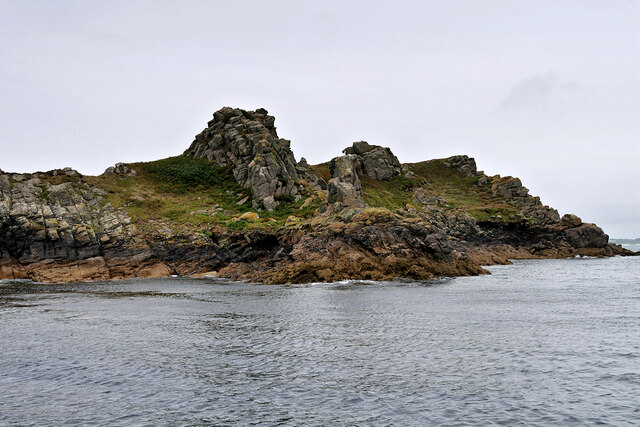
Black Lump is located at Grid Ref: SV9514 (Lat: 49.951761, Lng: -6.2506755)
Division: Isles of Scilly
Unitary Authority: Isles of Scilly
Police Authority: Devon and Cornwall
What 3 Words
///walled.trumped.cello. Near St Martin's, Isles of Scilly
Nearby Locations
Related Wikis
Great Ganilly
Great Ganilly ( gə-NIL-ee; Cornish: Goonhyli Veur, lit. 'great saltwater downs') is one of the Eastern Isles of the Isles of Scilly. It has a maximum total...
Eastern Isles
The Eastern Isles (Cornish: Enesow Goonhyli, islands of the salt water downs) are a group of twelve small uninhabited islands within the Isles of Scilly...
PS Earl of Arran (1860)
PS Earl of Arran was a passenger vessel operated by the Ardrossan Steamboat Company from 1860 to 1871 and the West Cornwall Steam Ship Company from 1871...
Wheel Wreck
The Wheel Wreck is the remains of a shipwreck lying in Crow sound off Little Ganinick in the Isles of Scilly. The wreck site consists of a discrete mound...
Nearby Amenities
Located within 500m of 49.951761,-6.2506755Have you been to Black Lump?
Leave your review of Black Lump below (or comments, questions and feedback).
